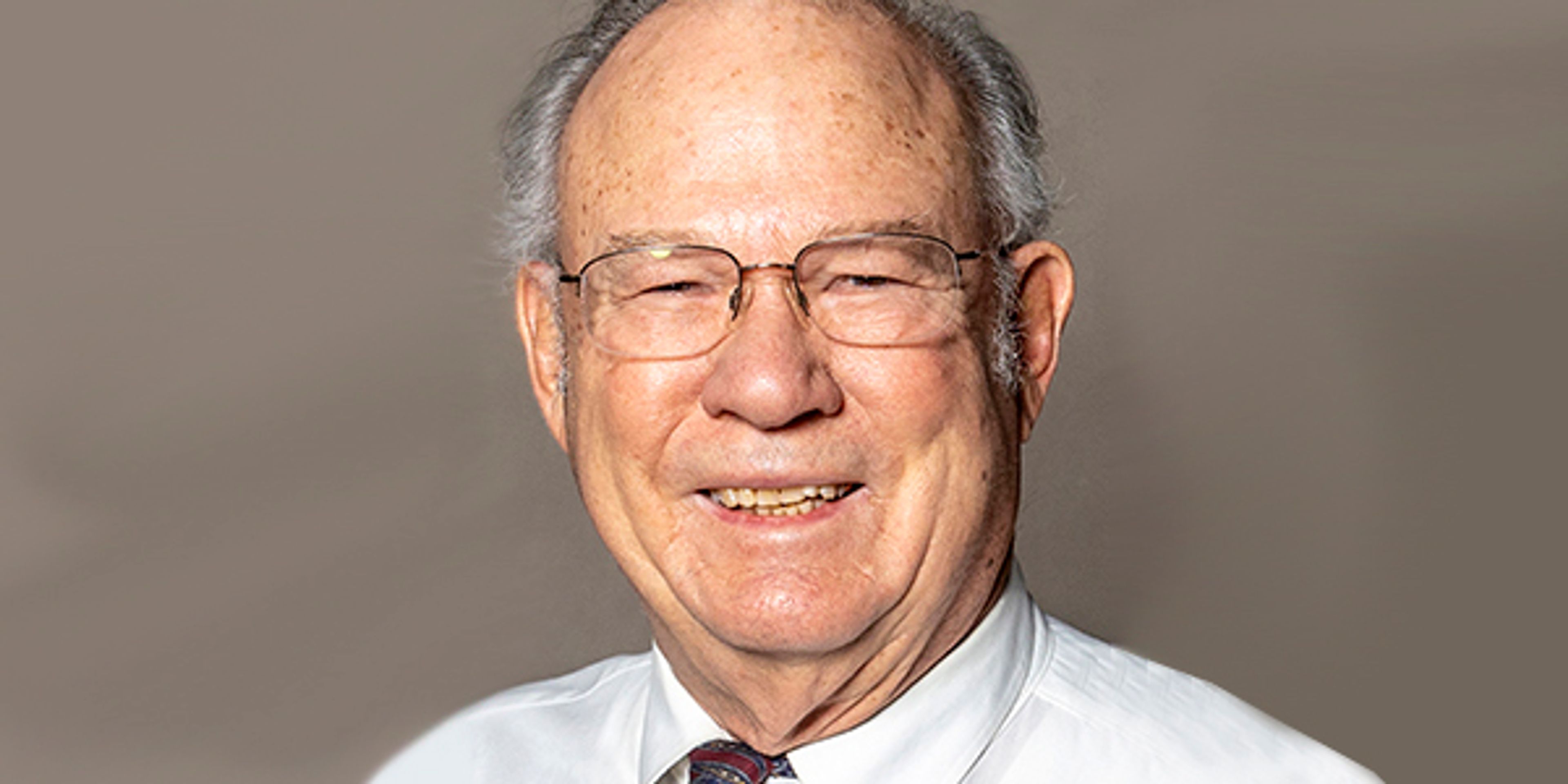OPINION: What Idaho Proposition 1’s campaign won’t be telling you
Now why are the proponents of ranked choice voting not telling you about it? If you look at the flyers that are showing up in your mailbox or watch the television commercials that they are running promoting the Open Primaries Initiative, the ranked choice voting portion is notably absent. Why are they hiding the substantial change in our election system that is part of Proposition 1?
Pray tell, could it be that they are basing their argument on the incompatible Alaska state model? Or perhaps it’s because they really don’t know about the current type of vote counting systems in place throughout Idaho? Or could it be that they want to hide their complete ignorance of what the actual costs of implementing ranked choice voting will really be?
No matter. Here’s more of what they’re not telling you.
As Idaho Secretary of State Phil McGrane pointed out in his July 3 letter to the Legislative Council, the way that Idaho and Alaska administer their elections is substantially different. In Idaho, the 44 county clerks administer the elections locally, which are overseen by the secretary of state for uniformity. Since Alaska does not have county-level government, the state division of elections administers all elections at a state level through five regional offices. Since all votes come into the Alaska division of elections, no additional coordination is required to tabulate the votes. This also allows them to use only one vote tabulation system for the entire state. Alaska currently uses the Dominion Voting System, which has the capability to produce and tabulate a ranked choice voting ballot.
As I mentioned in my Oct. 6 column, 15 Idaho legislative districts cross multiple county lines, which involves 42 of Idaho’s 44 counties. Under our current system, each county can easily tabulate its votes for each position, transmit its election data in a secure fashion to the secretary of state’s office, which can quickly add the results together and determine a winner in each election. Ranked choice voting takes that away. All the raw data has to be transmitted to the secretary of state’s office, which would then have to run the multiple rounds necessary in each race to determine the winner. That is a far longer and less secure process and would require different tabulation equipment than is currently in use in Idaho.
The Funding Source Statement as worded on the 2024 ballot is as follows: The Idaho Open Primaries Act will be funded by an augmentation of existing state and county expenditures for advertising and tabulation. Implementation of the act will require:
1. A public awareness effort to inform voters, candidates and election workers about changes to the election process, and
2. The purchase of ballot tabulation equipment capable of conducting instant runoff elections.
OPI supporters have stated on this page that a simple software addition to existing tabulation equipment is all that is necessary to determine the candidates and winners in a ranked choice election. They are totally wrong. Neither of the two certified vote tabulation systems in use in Idaho — Electronic Systems & Software and Hart InterCivic — have ranked choice equipment. Both of them would have to develop that type of equipment and get it certified. If you went with the Dominion system, every county would have to replace its current equipment. The funding source statement above, though, does not designate who would have to pay for what. All the county clerks and election officials that I personally talked to — from Wallace to Grangeville — and the ones that I talked to by phone — from Boundary to Teton counties — all said that the state would have to foot the bill for the new equipment.
Lewis County Clerk Lisa Winner said it best when she told me, “We replaced our hand count system with a machine count in time for this election. We were able to do that because we got a grant to pay for the equipment. Grants are the only way we have to upgrade our election equipment.”
All the other counties I talked to said the same thing. They don’t have the money in their budgets to pay for new equipment.
Now, did any of those 2,000 well-trained volunteers who collected those 97,000 signatures tell any of those people that they might face a tax increase to pay for the new system? No, they didn’t. All the proponents, from former Idaho Supreme Court Chief Justice Jim Jones to the newspapers to the columnists and letter writers on this page, have downplayed the actual costs of switching over to a ranked choice voting system. They are trying to say it would only be a $600,000 to $1.6 million cost. All of them are talking through their hat. None of them talked with the county officials who have to run our elections. The actual equipment replacement costs are probably going to be a lot closer to the $25 million to $40 million cost put forth by Secretary of State McGrane.
As he also mentioned in his letter, the state of Alaska allocated $3.5 million to educate 594,000 voters about the new system. When he spoke to them, they felt they could have used more funding for that purpose. Idaho has more than 1 million voters. The education cost alone will be more than the proponents are trying to tell you for the entire switch-over. Again, the Funding Source Statement doesn’t detail who would have to pay for that program. Your county budget could easily be required to pay that cost. Are you as the property taxpayer prepared for that? It’s for certain that the proponents haven’t told you anything along those lines.
The Proposition 1 proponents would have you believe that changing over to ranked choice voting is as easy as waving a magic wand. They’d have you believe that ranked choice is easily understandable and can be implemented at a low cost.
They are, and have been wrong on all counts. And that’s why they haven’t been telling you about it. We currently have a safe, secure and easily understandable election process. Let’s keep it.
Vote no on Proposition 1.
Hassoldt is a field forester who lives in Kendrick.







